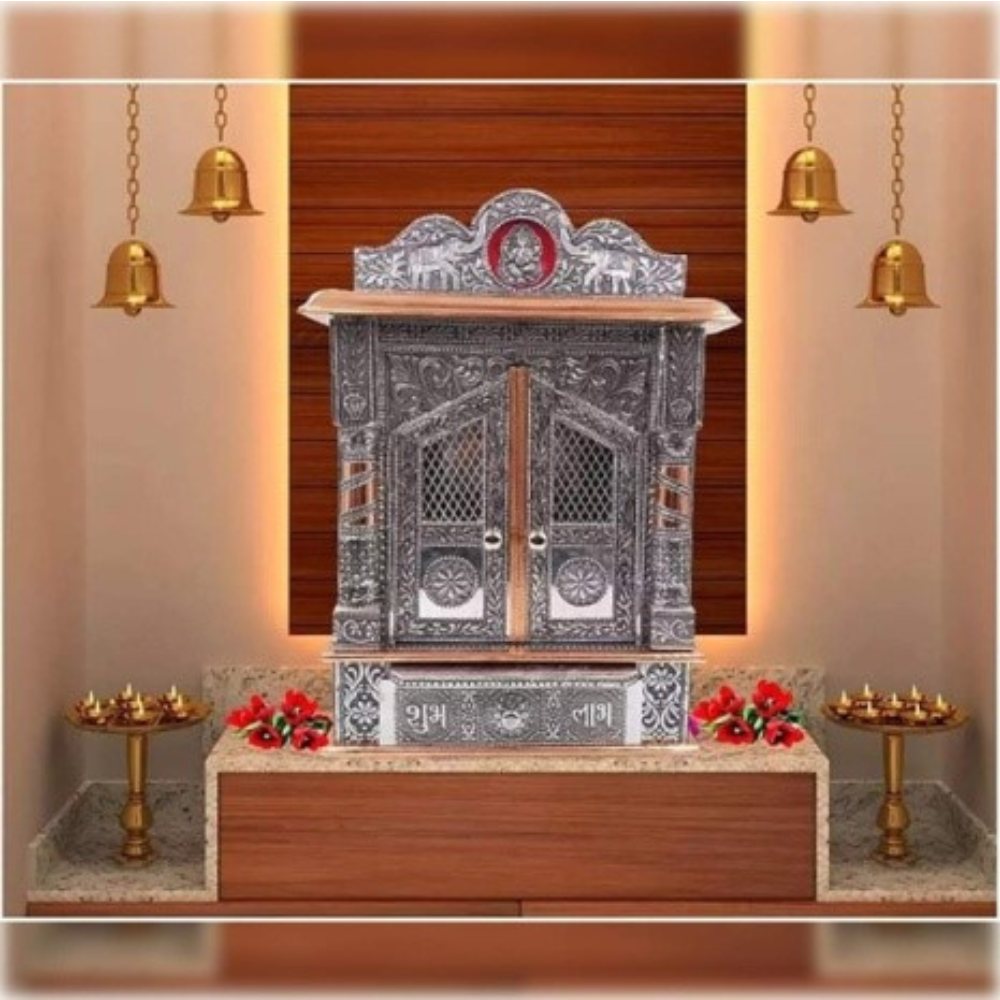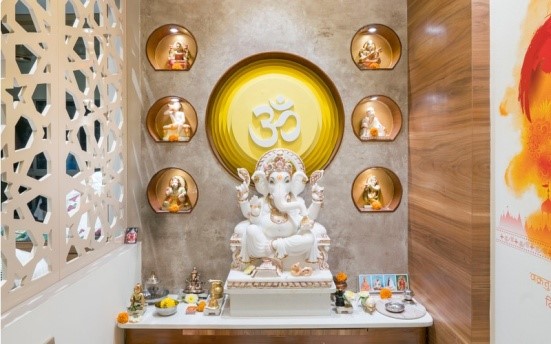Elevating Home Interiors with Mandirs and Pooja Rooms
Home / Elevating Home Interiors with Mandirs and Pooja Rooms
6 months ago
Understanding the Significance
Mandirs and pooja rooms aren’t merely functional spaces; they are embodiments of faith and devotion. They represent a sacred corner where one can connect with the divine, meditate, or simply find a moment of peace amidst the chaos of daily life. Understanding this significance is crucial when designing these spaces. They should inspire reverence and foster a serene atmosphere.
Balancing Tradition and Modernity
The beauty of design lies in its ability to evolve while still honoring tradition. When designing mandirs and pooja rooms, striking a balance between traditional elements and contemporary aesthetics is key. Incorporating timeless architectural features such as intricate carvings, ornate motifs, and traditional materials like wood and marble can infuse the space with a sense of heritage. At the same time, clean lines, minimalist decor, and subtle lighting can impart a modern touch, creating a harmonious fusion of past and present.
Spatial Considerations
Whether you have a sprawling mansion or a cozy apartment, mandirs and pooja rooms can be tailored to fit any space. For smaller homes, compact mandirs or wall-mounted shrines are ideal, maximizing space without compromising on functionality. In larger homes, dedicated pooja rooms can be designed to accommodate elaborate rituals and ceremonies. Regardless of size, the placement of these spaces should command attention while ensuring privacy and tranquility.
Personalization and Symbolism
One of the most beautiful aspects of designing mandirs and pooja rooms is the opportunity for personalization. Each element, from the idols and sacred symbols to the color palette and decor, can be chosen with intention, reflecting the beliefs and preferences of the occupants. Incorporating elements of nature, such as indoor plants or natural materials, can further enhance the connection to the divine and create a sense of harmony with the surroundings.
Lighting and Ambiance
Lighting plays a crucial role in setting the mood and ambiance of mandirs and pooja rooms. Soft, diffused lighting can create a warm and inviting atmosphere, while accent lighting can highlight focal points and architectural details. Natural light, if available, should be maximized to infuse the space with a sense of vitality and openness. Additionally, candles and diyas can add a touch of traditional charm and reverence, enhancing the spiritual experience.
Maintenance and Care
Lastly, maintaining the sanctity of mandirs and pooja rooms requires regular care and attention. Dusting, cleaning, and offering fresh flowers are simple yet meaningful rituals that keep the space vibrant and inviting. It’s essential to treat these spaces with reverence and respect, honoring the divine presence they embody.
In conclusion, mandirs and pooja rooms are more than just corners of a house; they are portals to the divine, sanctuaries of solace and spiritual renewal. By thoughtfully integrating tradition, modernity, and personalization, these spaces can become focal points of beauty and reverence within the home, enriching the lives of those who inhabit them.






